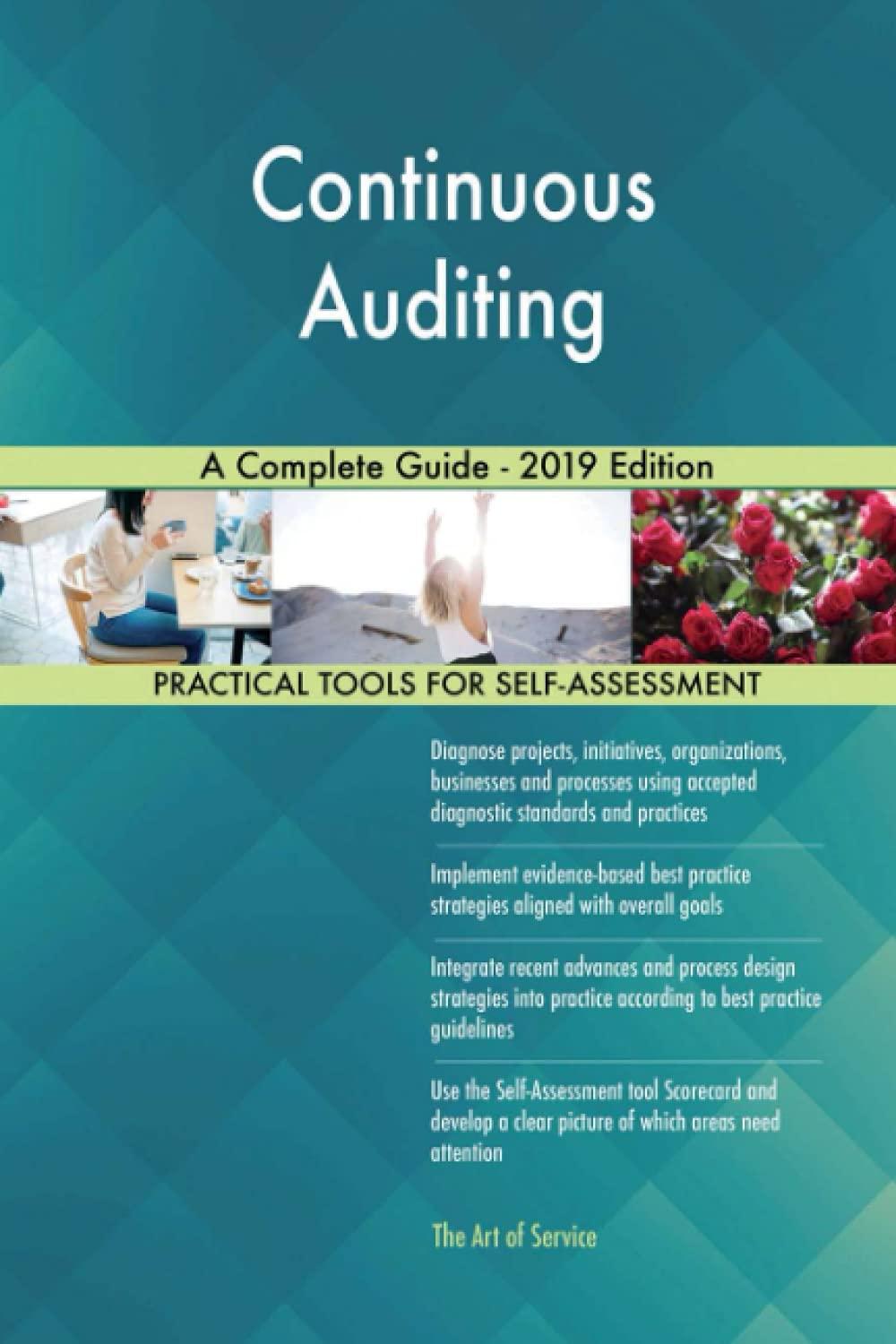Question
Please explain in detail for each question. Thank you! G and L organize the GL partnership. Each contributes $50 for his partnership interest. The partnership
Please explain in detail for each question. Thank you!
G and L organize the GL partnership. Each contributes $50 for his partnership interest. The partnership purchases an apartment building for $1,000, making a $100 down payment and paying the remainder of the price with a mortgage loan. The principal of the mortgage loan is payable in a single payment after 12 years. The gross income and deductions of the partnership for each of the first few years are expected to be as follows: Rent: $240 Cash operating expenses $150 Interest expense 90 Depreciation expense 50 ($290) Loss ($50)
The partnership agreement allocates all depreciation to L. All other gross income and deductions are allocated to the partners equally.
The partnership agreement provides that all income, gains, losses and deductions will be reflected in the partners capital accounts (which will be maintained in accordance with Reg. Sec. 1.704-1(b)(2)(iv)); and each partner will be entitled on liquidation (of either the partnership or the partner"s interest) to distribution of an amount equal to his positive capital account balance.
Assume that the partnership operates for two years, and then sells the building at the beginning of year 3 for, alternatively, $1,100 or $800. How will the partnerships income, gain, loss and deduction (including depreciation deductions) be allocated between G and L, and will the allocations be respected for federal income tax purposes, in the following alternative variations? (a) The partnership is a general partnership, the mortgage lender has full recourse against the partnership and the partners, and any partner having a deficit in his capital account when either the partnership or his interest is liquidated must then make an additional capital contribution equal to that deficit.
(b) The partnership is a limited partnership with G as the general partner and L as the limited partner; the mortgage loan is recourse; and the partnership agreement says nothing about capital account deficit restoration on liquidation of a partners interest.
(c) Same as (b), except L is obligated to restore any deficit in his capital account to the extent that it does not exceed $50, and there is a QIO provision [within the meaning of Reg Sec. 1.704-1(b)(2)(ii)(d)] in the partnership agreement. (i) Would the year 2 allocations have economic effect or alternate economic effect if: (1) as of the end of year 2 of operations, the partnership plans in year 3 to borrow $60 on a recourse basis and distribute the cash proceeds of the loan equally to G and L, and (2) the partnership reasonably expects to earn $60 net income in year 3?
(ii) What if, in year 3, the partnership borrows $60 and distributes $30 to each of G and L as planned, but unexpectedly earns only $40 (net income)? (d) NOTE: Do this question after Question #3. Same as (a) except that the partnership agreement has a gain charge-back provision, i.e., a provision that allocates to L all gain on a sale of the apartment building up to the aggregate amount of the depreciation taken on the property.
Step by Step Solution
There are 3 Steps involved in it
Step: 1

Get Instant Access to Expert-Tailored Solutions
See step-by-step solutions with expert insights and AI powered tools for academic success
Step: 2

Step: 3

Ace Your Homework with AI
Get the answers you need in no time with our AI-driven, step-by-step assistance
Get Started


